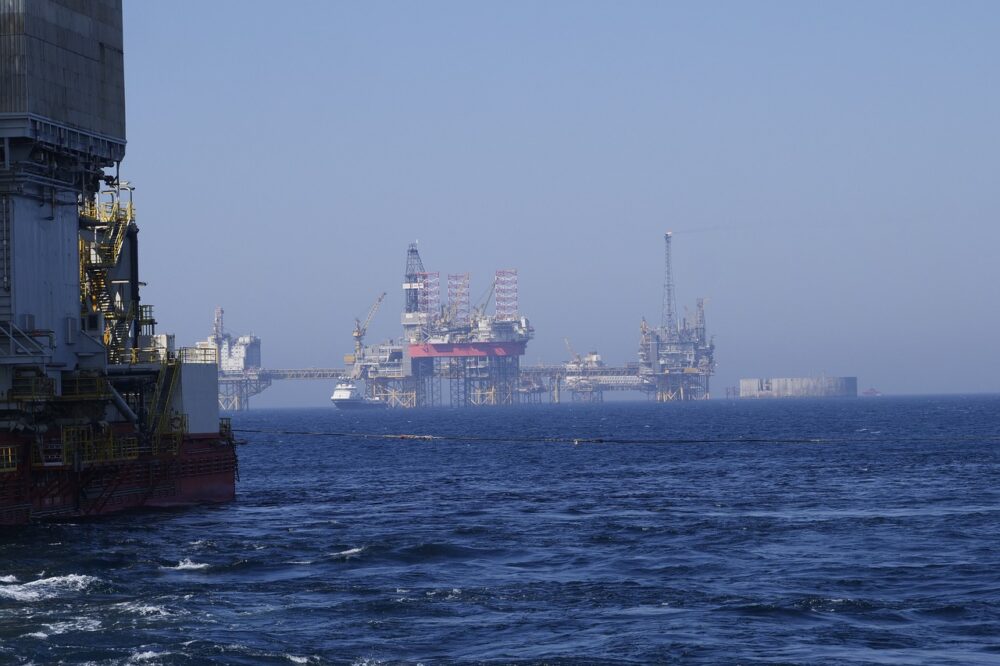Brent Oil Fluctuations – A Global Economic Concern

Crude Oil is one of the most important resources in today’s economy. It is used to power cars, planes, and many other machines that are essential for our modern way of life. As such, fluctuations in brent crude oil price can have a profound impact on global economic stability.
Many factors influence oil price changes from OPEC+ policies to geopolitical tensions to Federal Reserve interest rate decisions making it difficult to predict when these price fluctuations will occur or how large they will be.
So let’s explore some of the major drivers behind brent crude oil prices and investigate their potential impacts on global economic stability, examine China’s growing demand for oil, and Russia’s brent-based Oil Tax.
Understanding China’s Growing Demand for Oil
The demand for brent crude oil in China is growing rapidly, and it has already become the world’s largest importer of crude oil. Much of this growth can be attributed to increased industrialization and urbanization within the country, as well as a growing reliance on motorized transportation.
Increased demand for oil from China will influence global markets and could potentially affect OPEC+ policies regarding production quotas. As such, it is important to understand how these factors are influencing supply and prices throughout the world.
China’s expanding economy requires greater amounts of energy than ever before, with much of this coming from oil-based sources. This means that Chinese demand could lead to higher prices worldwide since more countries would be competing for a finite number of resources. It increases their power over other potential buyers due to their large purchasing capacity which allows them to bargain with suppliers by threatening not to purchase if they don’t receive favorable terms or pricing options.
OPEC+ policies may also be affected by China’s increasing need for energy resources as these nations attempt to maintain stable levels of production while balancing economic needs with environmental concerns.
The presence of such a major consumer could cause supply shortages or surpluses depending on how well OPEC+ manages its production quotas and whether or not they adequately adjust them in response to changes in market conditions caused by Chinese buying behavior.
As such, understanding exactly how the Chinese government affects global markets can help inform decisions made at both national and international levels regarding energy policy changes that could impact economic stability around the world.
Crude Oil Imports from Russia
Crude oil prices and the EU embargo on crude oil imports from Russia are putting pressure on the country’s budget revenues from oil export taxes. The steep discount of nearly $40 per barrel on the Urals compared to Brent Crude is causing Russia’s flagship crude price to plunge year over year.
Russian President Vladimir Putin has ordered the government to submit proposals within a month to change the methodology for calculating taxes from oil, to reduce the discount on Urals and stabilize oil revenues. The leading idea is to tie the calculation of the export duty to the price of Brent instead of Urals.
According to Russia’s Finance Ministry, the average price of Urals in January 2023 was $49.48 per barrel, which was 1.7 times lower than in January 2022. The lower price of Urals leads to a reduction in the export duty on crude and petroleum products, thus reducing revenues for the Russian budget.
Data cited by Kommersant shows that the tax collected from companies fell by 10% in December 2023 compared to November 2023, to $6.75 billion (474.8 billion Russian rubles). The G7 price cap has impacted revenues, due to the hefty discount of Urals to Brent, though it has not materially impacted Russia’s crude oil export volumes.
With oil being the most important revenue stream for Russia, authorities are now looking at amendments in the tax legislation to address the decline in budget revenues.
The IEA Prediction
The International Energy Agency predicts that global oil demand is expected to reach an all-time high in 2023 as China eases its Covid-19 restrictions. This could lead to a rise in crude prices in the second half of the year. The IEA states that demand for crude oil could increase by 1.9 million barrels per day, reaching a record of 101.7 million barrels per day.
However, the impact of western sanctions on Russia is expected to have a significant effect on the oil supply. The IEA sees China and Russia as the two “wild cards” that will dominate the 2023 oil market outlook. Brent crude, the international benchmark, climbed by 1.4% to over $87 per barrel due to growing optimism about China’s demand for oil.
The IEA predicts that nearly half of the forecast rise in oil consumption will come from China. On the other hand, oil production is expected to increase by only 1 million barrels per day, with a dramatic slowdown in global oil supply growth in 2023.
Final Words
Crude oil is a vital resource in the modern economy and its price fluctuations can significantly impact global economic stability.
China, the largest importer of crude oil, has a growing demand due to increased industrialization, urbanization, and reliance on motorized transportation. This demand can affect global markets and OPEC+ policies.
Meanwhile, Russia’s falling oil prices and the EU embargo have put pressure on their budget revenues from oil export taxes, leading to government proposals to change the methodology for calculating taxes.
The International Energy Agency (IEA) predicts a rise in global oil demand in 2023, reaching an all-time high, with nearly half of the rise coming from China. The IEA also considers China and Russia as the “wild cards” that will dominate the 2023 oil market outlook.
Understanding the effects of Chinese demand and Russia’s oil imports on the global market is crucial for informed decisions regarding energy policy changes that can impact economic stability worldwide.





